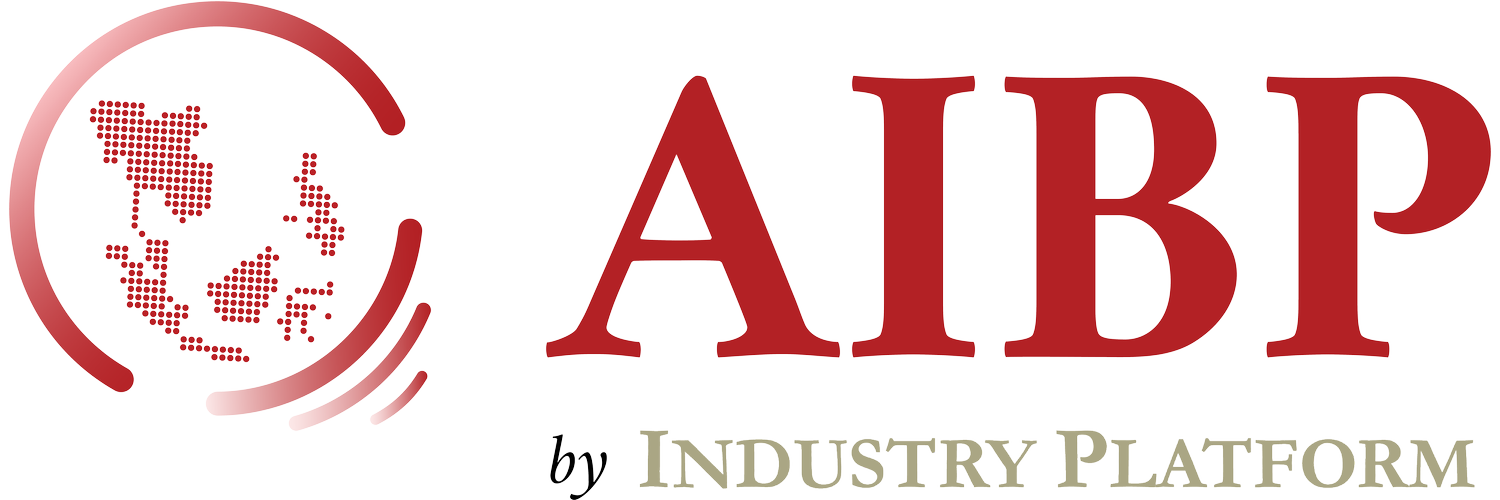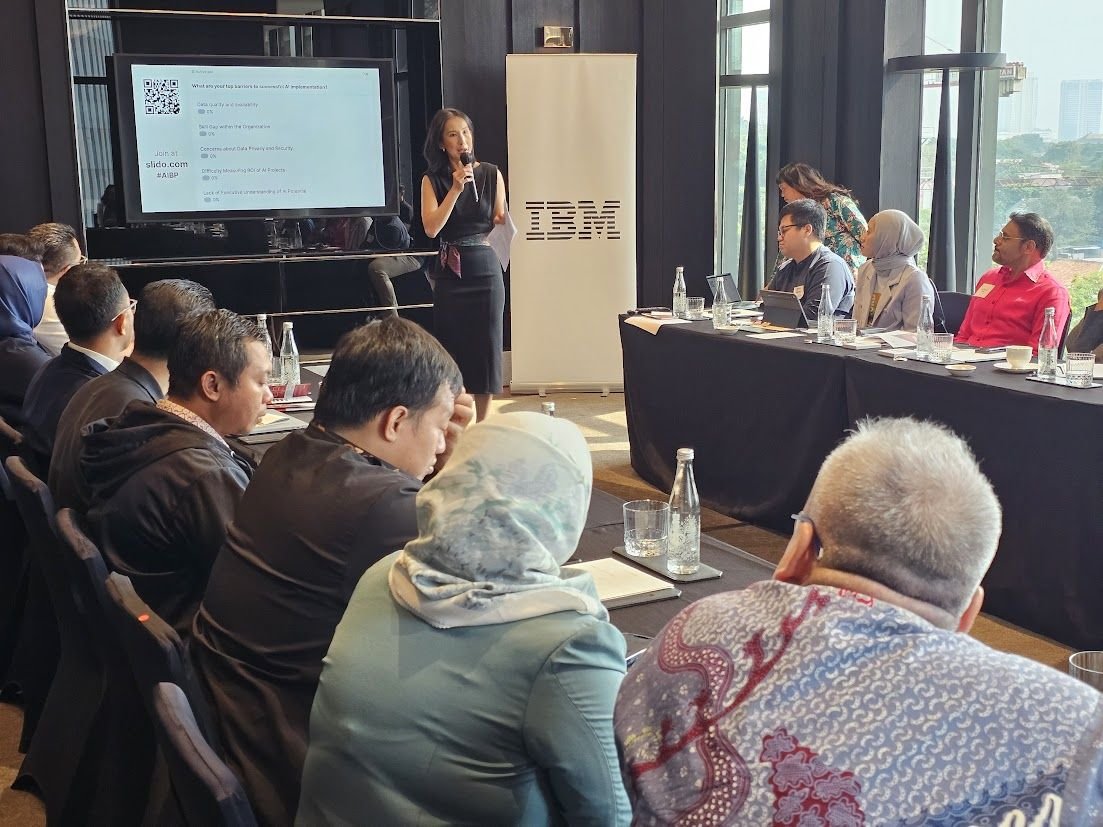Building While Flying: Overcoming Enterprise Integration Challenges in Indonesia
While technology might be the easiest part to acquire, the real challenge lies in people and processes.
This quiet resistance isn’t malicious. It reflects the human difficulty in letting go of the familiar. Legacy systems aren’t just software. They represent ways of working, power structures, and decades of habits. So even when the business case for modernization is clear, transformation must be pitched, sold, and repeatedly communicated. For many enterprises, the road to AI success isn’t blocked by a lack of ambition, but by integration headaches, misaligned teams, and runaway costs.
AIBP, in partnership with IBM, brought together Indonesian enterprise leaders to explore how to maximise the potential of AI investments while overcoming the complexities of digital transformation.
The Human Factor: Why Collaboration and Communication Matter
Across industries, teams have grown comfortable with entrenched workflows. Business-as-usual continues not out of apathy, but because change takes effort. This tension is especially acute in Indonesia, where 40.2% of enterprises cite organizational silos and complexity as a top barrier to digital transformation.
“Technology is readily available, but transforming the way people work is far more painful.” Dominico Sujatmoko, SVP, Digital Banking Product Management from Bank Sinarmas explains.
Successful transformation requires more than the installation of new systems; it demands that people are brought along for the journey. The most successful organizations approach this reality with discipline. One banking enterprise conducts market scans to understand emerging capabilities, then co-create internally, validating use cases with multiple teams, refining ideas through feedback, and only greenlighting projects with broad-based alignment.
A unified platform helps by giving everyone, from IT to business, a shared view of goals, workflows, and progress. When teams speak the same language, transformation becomes a team sport, not a top-down directive.
The ROI Mandate: Measuring What Matters in AI and IT Projects
Revamping an entire IT system is no small undertaking. It demands strategic coordination and no small amount of capital. But once the investment is made, the question that inevitably follows is what is the return? Projects that fail to show tangible return on investment don’t just stall but they disappear from the agenda altogether.
In some sectors, especially those built on 100+ years legacy, the rules are blunt. While innovation is on the table, the building principle hinges on the ability of new projects to deliver against commercial KPIs.
Today’s ROI discussion stretches beyond transactional metrics. Instead of fixating on traditional total cost of ownership (TCO), these organizations need to embrace a broader concept: total economic impact which means including not just direct costs, but also things like government regulations, changing customer expectations, and even the cost of public awareness efforts. These aren’t side expenses; they are integral to the investment calculus.
“When we look at the term ROI or TCO, it is not so convenient. It is really what is economically effective.” Aju Murjani, Business Director IBM Hybrid iPaaS ASEAN/India shared.
Integration, Regulation, and the Hidden Architecture of Agility
Beneath every AI-powered customer journey or agile business process is an unseen lattice of connectors, APIs, and governance protocols that allow systems, both new and ancient, to talk to each other.
This is especially critical in regulated industries like banking. Regular checkpoints with legal and compliance teams are now baked in the development process. And innovation must walk a fine line between ambition and regulatory acceptance.
“Balancing business innovation with regulatory compliance isn’t optional, it’s the baseline.” Harry Sofri, VP Digital Experience and Strategy of Bank Mandiri.
Yet regulation is only part of the equation. The deeper challenge lies in the weight of legacy systems: a patchwork of siloed applications built over decades. One banking institution, upon reviewing its development pipeline, discovered nearly 1,000 outstanding projects. This prompted an internal reckoning over whether a standalone application was truly needed for each use case.
The answer, increasingly, is no. Instead of building from scratch, companies are adopting modular services: prebuilt lego bricks that create new processes. This approach not only speeds development, cutting timelines by a third to as much as two-thirds. It also positions organizations to adapt faster in an environment where speed is strategic.
“If you’ve wrapped your legacy systems with an integration layer, whether it’s file-based, API-based, or event-driven, you don’t need to start from scratch every time. Your AI agents can plug into workflows without needing constant reconfiguration.” Ahmad Makki, Hybrid IPaaS Solutions Strategist from IBM shared.
Working Through the Mid-Air Build
Integration is challenging, not just from a technical perspective, but also culturally and financially. Real digital transformation is about trust, shared language, and collaboration across teams. When done right, smart AI integration becomes the backbone that enables continuous innovation and agility, turning digital transformation from an abstract concept into a tangible and impactful reality.
By streamlining how systems connect and interact, organisations can move faster, adapt more easily, and avoid the need to rebuild from scratch with every change.




